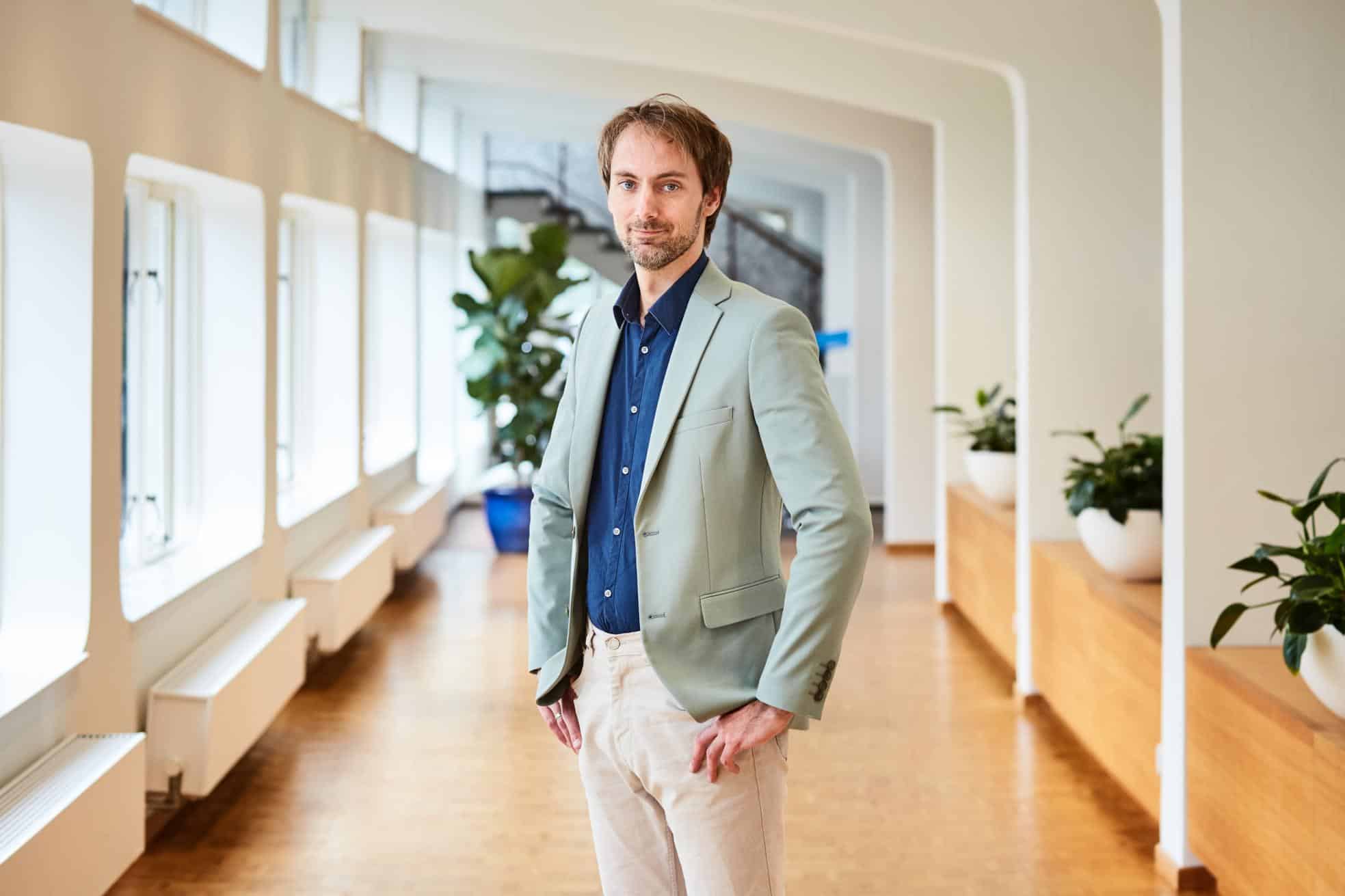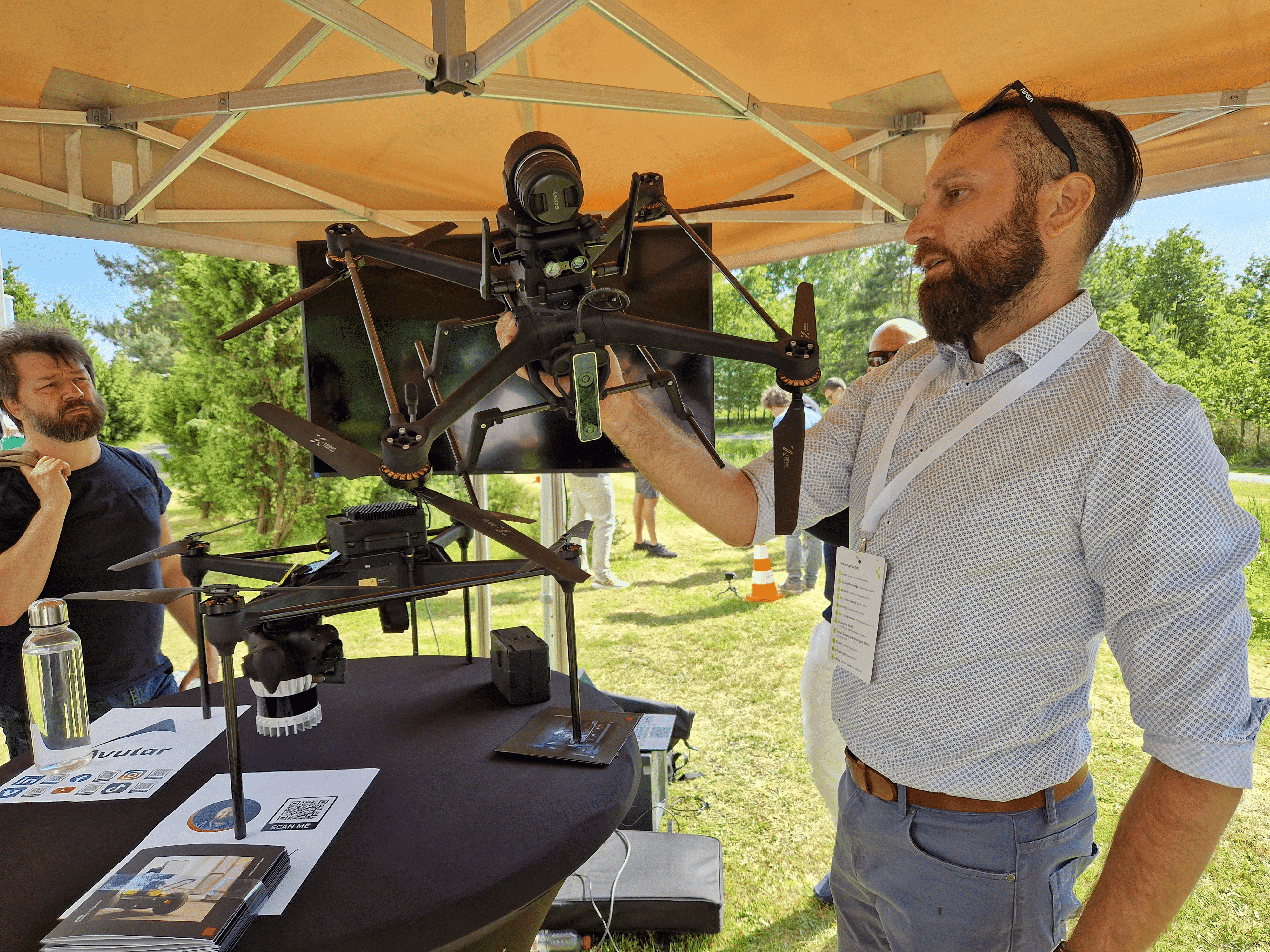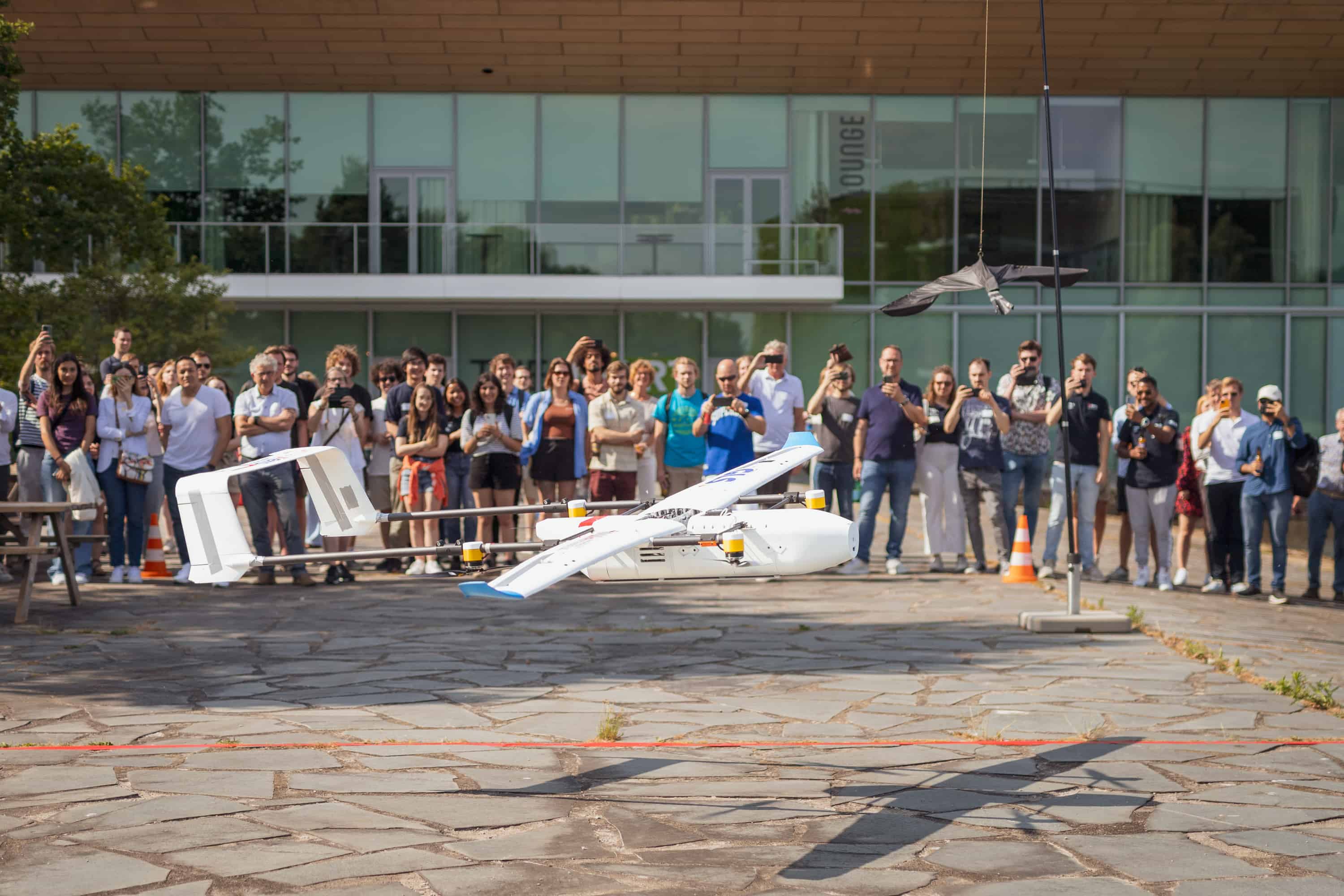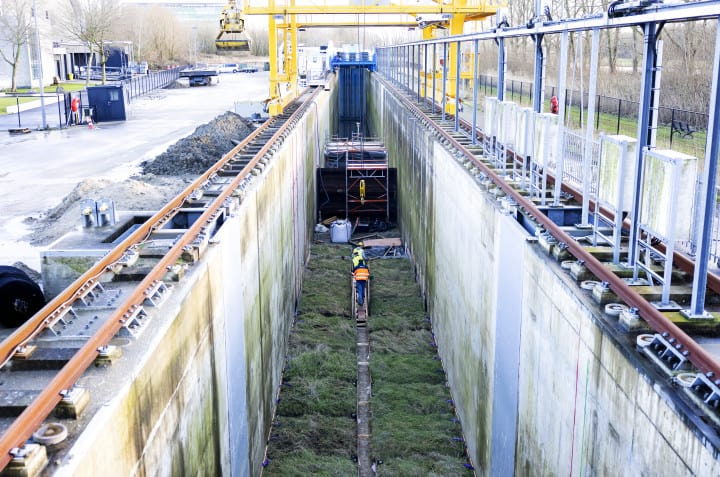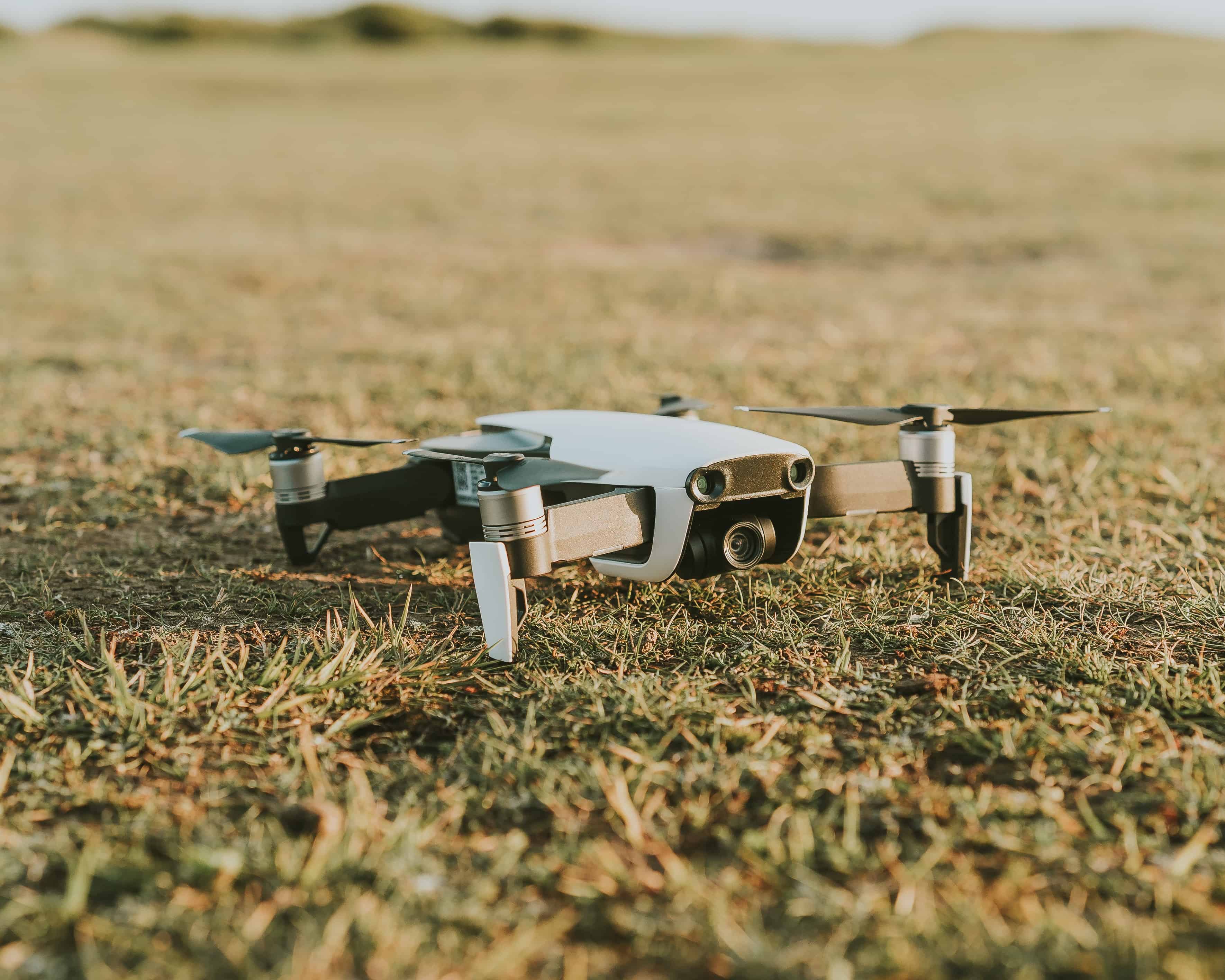
A PhD-student at the University of Groningen (RUG) has developed a method for using a drone – equipped with a smart sensor – to measure radioactivity in the soil from the air. This technique is applicable in agriculture, but also in restoration of natural areas, analysis of dikes and soil pollution around industrial sites, the RUG said in a press release.
Radioactive soils sound like something found only around exploded nuclear power plants and sites where nuclear missiles are tested. Yet every soil on this earth is radioactive. Admittedly, most soils contain only a very small amount of radioactivity. The clay soils of Groningen, the peat bogs and even our own backyard contain a very small amount of radioactive potassium, uranium and thorium.
Determining Fertility
The amount and ratio of these radioactive substances says something about the type of soil and can be used to derive other soil properties. For example, not only fertility can be determined, butthe distribution of minerals and moisture in the soil as well. This can be used to maximize crop yields because the farmer now knows where (and where not) irrigation is needed and how best to spread manure over his field.
Measurements with a drone
Gamma-ray spectrometry systems are currently widely used in industry and research, for example for medical applications. More recently, then, the systems are being used for precision agriculture. Until recently, such measurements were done from the ground using large and heavy detectors. But Steven van der Veeke, in his doctoral research, has developed a method to do this measurement with a drone from the air. As a result, the measurement area no longer needs to be disturbed and it is now possible to use this technique in areas that are inaccessible from the ground.
Apply broadly
Steven van der Veeke (1992) studied Applied Physics at the University of Groningen (RUG) and works at Medusa Radiometrics. After his PhD, he will continue his work at Medusa Radiometrics: with the experience of PhD research, Van der Veeke is committed to promoting the widespread and proper use of gamma-ray spectrometers in a broad spectrum of research areas and applications.
Click here to view the full study.
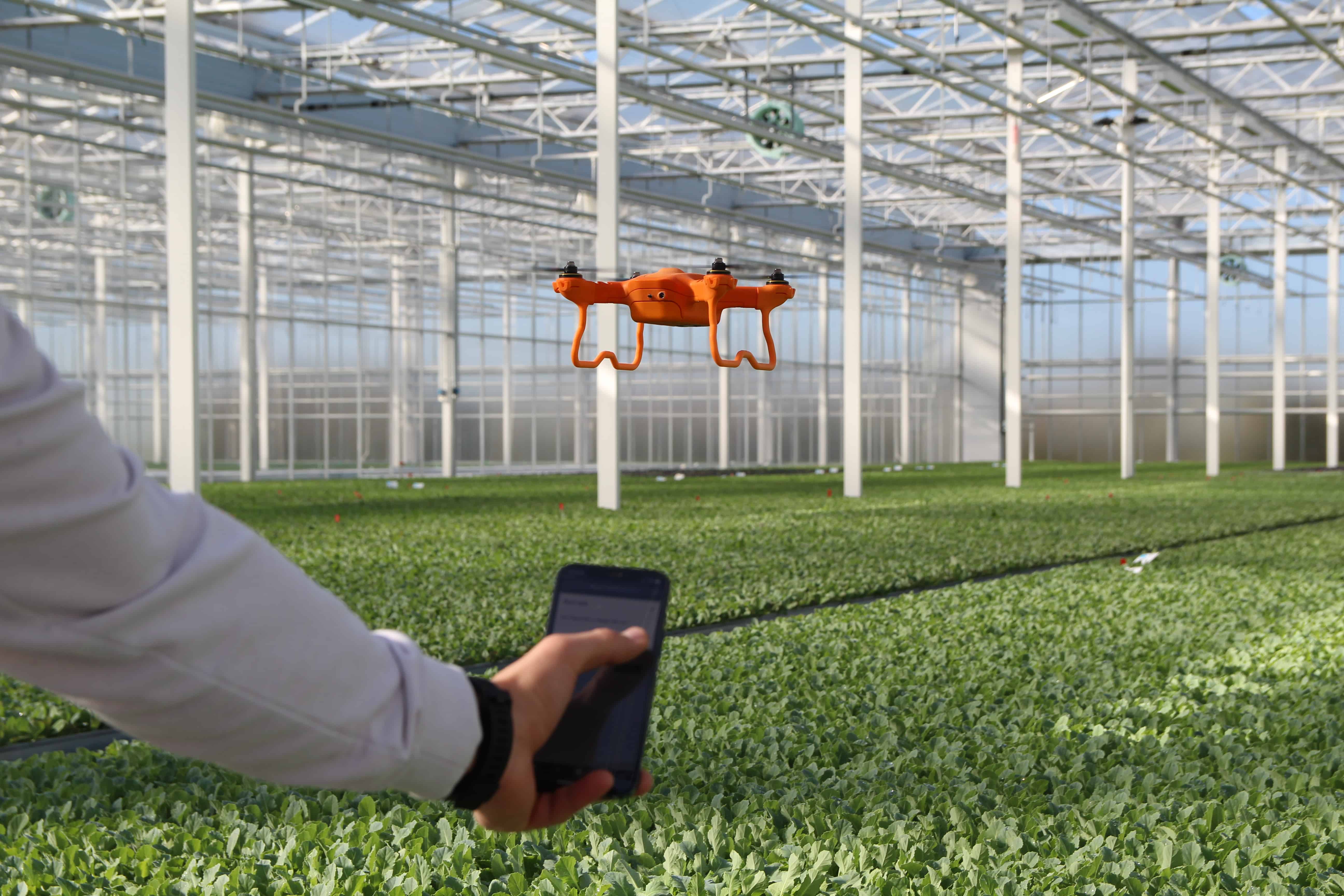
Selected for you!
Innovation Origins is the European platform for innovation news. In addition to the many reports from our own editors in 15 European countries, we select the most important press releases from reliable sources. This way you can stay up to date on what is happening in the world of innovation. Are you or do you know an organization that should not be missing from our list of selected sources? Then report to our editorial team.

